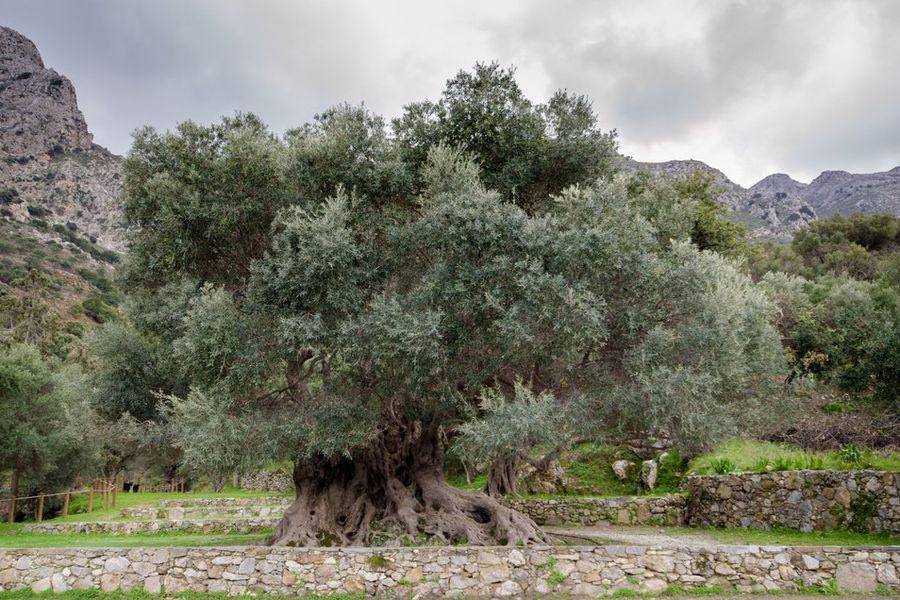Alternative forms of tourism, particularly olive tourism, could be the key to addressing the challenges posed by over-tourism along Crete’s northern coast. The island’s olive groves offer an added value to its tourism portfolio.
Dr. Nikos Michelakis, an agronomist and scientific advisor to the Association of Olive-Producing Municipalities of Crete (SEDIK), highlights how olive tourism, which merges agricultural tradition with the modern travel experience, can ease the overcrowding in the northern part of the island by directing visitors inland. SEDIK has been actively working toward this goal.
One of the key initiatives is the development of a map featuring routes in Crete’s interior, where visitors can explore a thousand-year-old olive grove and visit olive mills, offering tastings and other immersive experiences. According to Ioannis Malandrakis, SEDIK’s president and mayor of Platanias, these ancient groves, with their rich stories, attract many visitors to Crete.
A prime example is the ancient olive tree in Vouves, Chania, estimated to be around 3,500 years old. Located in the village of Ano Vouves, in the Kolymbari district, this tree was declared a protected natural monument in 1997. In 2009, the Olive Tree Museum of Vouves was opened in a nearby 19th-century house, allowing visitors to learn about traditional olive-growing tools and methods. Branches from this tree were even used to make wreaths for the winners of the 2004 Athens and 2008 Beijing Olympic Games.
Despite the progress, there’s still room for growth, particularly in the number of accessible olive mills. Mr. Malandrakis notes that Crete has about 80 olive mills open to visitors, with only seven located in the Chania region. Crete’s designation as the European Gastronomy Region for 2026 is expected to further increase international awareness of the island’s “green gold.”
Culturally, Crete boasts a wealth of unique archaeological monuments related to olives and olive oil, spanning from the Minoan period to recent centuries. SEDIK, in collaboration with local authorities, is gradually highlighting these sites, such as the Olive Oil Museum in Armenoi, Rethymno, notes Dr. Michelakis.
Across Crete, around 80 olive-related attractions have already been identified and are gradually being developed. These include archaeological sites, ancient olive trees, olive museums, certified olive taverns, award-winning hotels, accessible olive mills, and olive estates.
Regarding olive tourism and visitor-friendly olive mills, the Ministry of Tourism, in collaboration with other relevant ministries, has set standards for services and facilities. Visitor-friendly olive mills now carry a special certification.
Meanwhile, more hotels in Crete are offering specialized excursions, combining olive mill tours with tastings and escapes into the Cretan countryside.
What the Olive Mill Certification Signifies
This certification ensures that an olive mill:
- Offers reception, guided tours, hospitality, and tasting services in operational mills that produce high-quality Greek olive oil.
- Has facilities that meet specific standards.
- Guarantees accessibility for all, including people with disabilities and limited mobility.
To apply for this certification, mill owners must submit an application to the Regional Tourism Services (P.Y.T.) of the Ministry of Tourism, in the region where the mill is located.
Source: Athens News Agency (APE-MPE)


